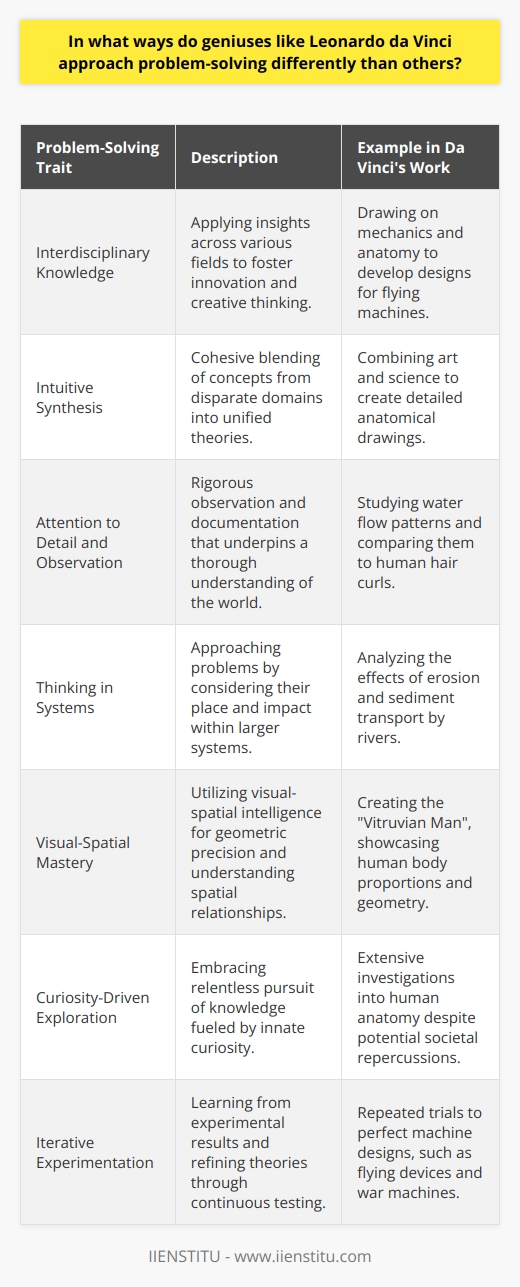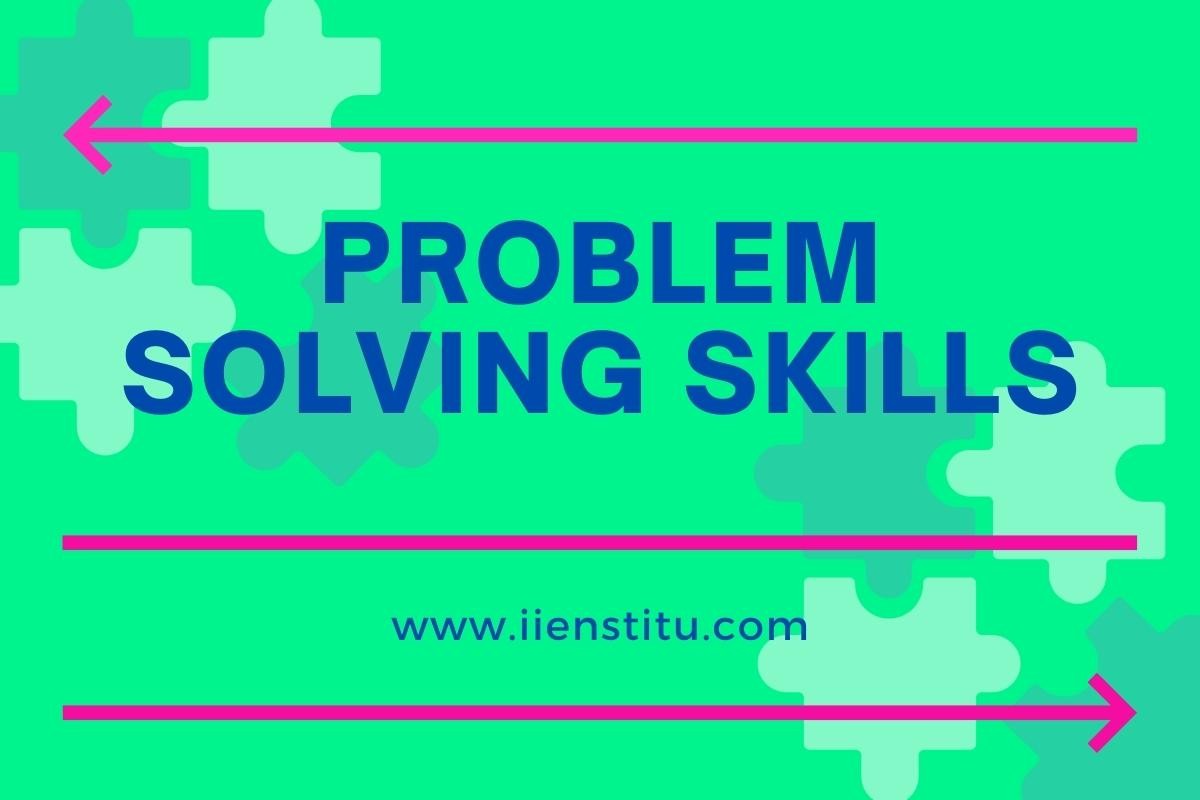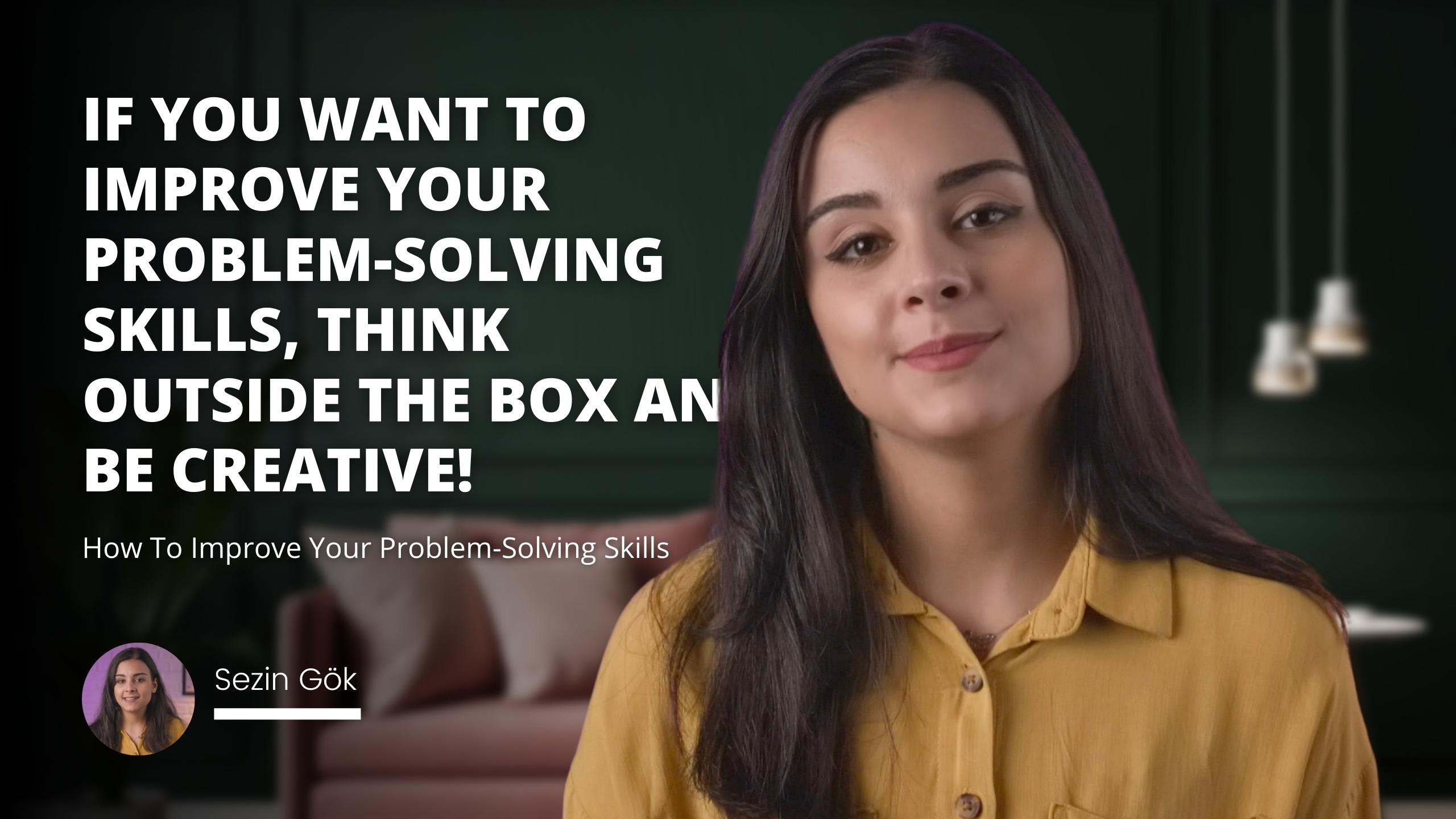
I remember the first time I stood in front of Leonardo da Vinci's The Last Supper. It wasn't just the grandeur of the painting that struck me, but the intricate details—the expressions, the subtle gestures, the play of light and shadow. It was as if Leonardo had captured not just a moment in time, but the very essence of human emotion. As I stood there, I couldn't help but wonder: What kind of mind could create something so profoundly impactful?
Leonardo da Vinci was more than just an artist; he was an inventor, scientist, engineer, and philosopher—a true Italian polymath. His ability to seamlessly blend art and science was not only revolutionary for his time but remains a source of inspiration centuries later. His genius wasn't a product of innate talent alone but stemmed from a set of principles that guided his thinking and creativity.
Introduction
Da Vinci's Principles
Curiosity
Refinement of the Senses
Balanced Whole Brain Thinking
In 1998, Michael Gelb explored these guiding principles in his book, documenting what he called the "Seven da Vinci Principles." These principles aren't just historical footnotes; they are a blueprint for enhancing our own critical thinking skills, problem-solving abilities, and capacity for innovation. Let's delve into these principles and see how they can transform the way we approach life and work.
Comprehensive Guide To Regression Analysis For Quantitative Forecasting
Six Thinking Hats Technique By Edward De Bono For Decision Making
Unveiling the Seven da Vinci Principles
1. Curiosità (Curiosity)
At the heart of Leonardo's genius was an insatiable curiosity. He approached life with a childlike wonder, constantly asking questions and seeking to understand the world around him. This relentless pursuit of knowledge is the foundation of critical thinking.
I recall a time when I was tasked with developing a new marketing strategy at work. Instead of relying on standard tactics, I began to ask deeper questions: Why do our customers behave the way they do? What unseen factors influence their decisions? This exploration led me down unexpected paths, ultimately resulting in a campaign that resonated profoundly with our audience. By embracing curiosity, we open ourselves up to new possibilities and innovative solutions.
2. Dimostrazione (Demonstration)
Leonardo believed in learning through experience, emphasizing the importance of testing knowledge through action. He wasn't content with theoretical understanding; he sought to prove concepts through tangible results.
Consider the critical path method project management strategy. It's one thing to understand the theory behind managing timelines and resources, but quite another to apply it in a real-world project. When I first led a cross-departmental initiative, I quickly realized that unexpected challenges can derail even the best-laid plans. By actively engaging with the process, I learned to anticipate obstacles and adapt accordingly—a true demonstration of learning in action.
3. Sensazione (Refinement of the Senses)
Leonardo placed great emphasis on sharpening the senses, particularly sight, as a means to enrich experience. He believed that by truly observing the world, we could deepen our understanding and enhance creativity.
Lean Six Sigma: Optimal Strategies for Streamlined Process Efficiency
Risk Assessment: A Vital Tool in Managing Corporate Decisions
Risk Mitigation: An Essential Strategy for Successful Project Management
Quality Improvement: Strategies, Principles, and Impact on Business Success
When I started practicing mindfulness, it was transformative. Walking in the park, I began to notice the intricate patterns of leaves, the subtle variations in bird songs, the way the light filtered through the trees. This heightened awareness not only enriched my personal life but also enhanced my ability to think critically and solve problems. It’s remarkable how refining our senses can lead to deeper insights.
4. Sfumato (Embracing Ambiguity)
The term sfumato refers to the technique of allowing tones and colors to shade gradually into one another, producing softened outlines or hazy forms. Metaphorically, it represents Leonardo's comfort with ambiguity and paradox.
In a world that often demands quick answers and clear-cut solutions, embracing uncertainty can be challenging. Yet, it's in this space of not knowing that true innovation occurs. When faced with a complex problem at work without an obvious solution, rather than forcing a quick fix, I allowed myself to sit with the ambiguity. This tolerance for uncertainty led to unexpected connections and ultimately, a more effective resolution.
5. Arte/Scienza (Art and Science, Whole-Brain Thinking)
Unlock the power of your problem-solving skills by studying the works of Da Vinci.
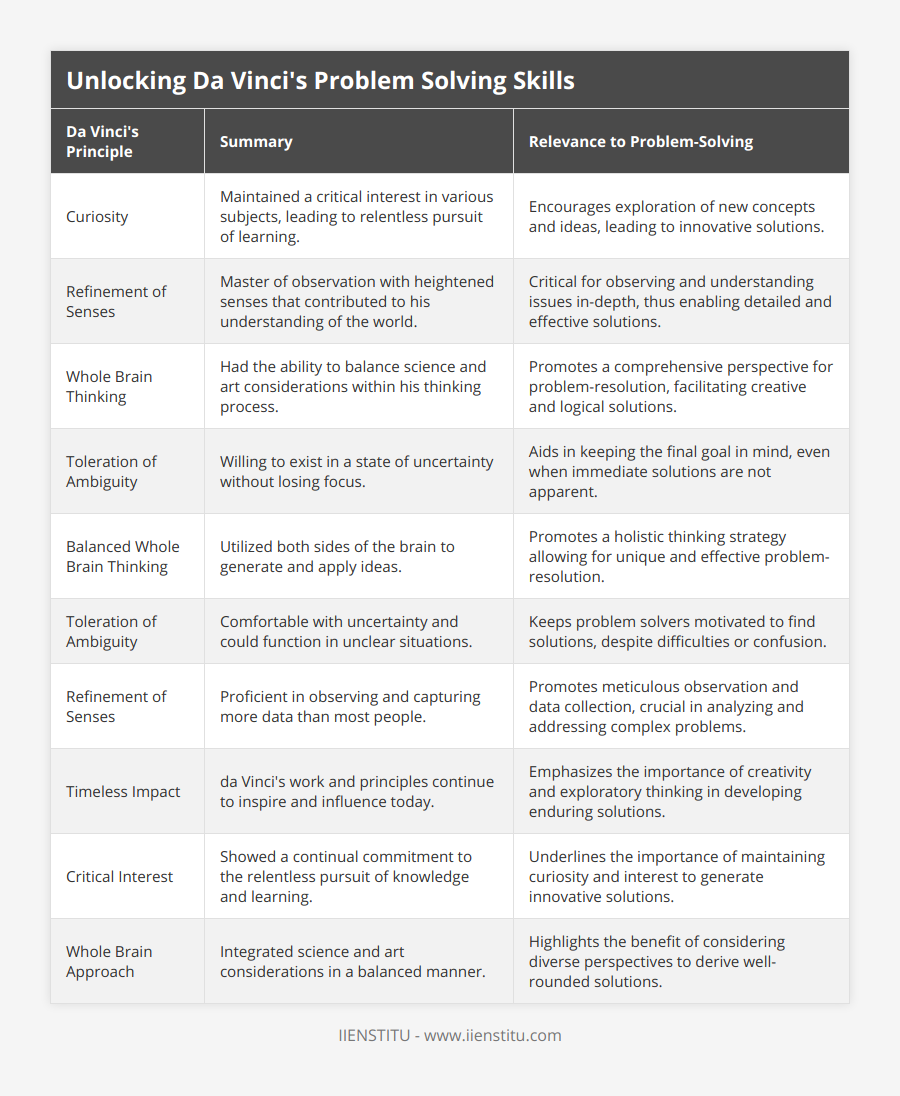
Leonardo's genius lay in his ability to balance logical reasoning with imaginative thinking. He didn't see art and science as separate disciplines but as interconnected ways of exploring the same truths.
To cultivate this balanced "whole brain" thinking, we can:
Engage in activities outside our comfort zone, such as an engineer taking up painting or a writer exploring coding.
Seek patterns and relationships between seemingly unrelated fields.
Encourage interdisciplinary collaboration in our projects.
For me, learning to play the piano while working in a technical field opened up new neural pathways. It enhanced my problem-solving skills, allowing me to approach challenges with both analytical precision and creative flair.
6. Corporalità (Embracing the Body)
Leonardo understood the importance of physical health and its connection to mental well-being. He advocated for taking care of the body to enhance the mind.
In our modern, sedentary lifestyles, it's easy to neglect physical fitness. However, incorporating regular exercise, such as yoga or running, not only improves health but also boosts cognitive function. Personally, I've found that my critical thought processes are sharper after a good workout. Physical vitality fuels mental clarity, enabling us to tackle problems more effectively.
7. Connessione (Connection)
The final principle revolves around recognizing and appreciating the interconnectedness of all things. Leonardo saw patterns and relationships everywhere, understanding that no element exists in isolation.
This systemic thinking is crucial in today's complex world. For example, when addressing environmental issues, we can't consider economic factors without also taking social and ecological impacts into account. By adopting a holistic perspective, we become better issue solvers, capable of devising solutions that are sustainable and far-reaching.
Applying Leonardo's Principles to Modern Life
So, how can we integrate these principles into our daily routines?
Developing Critical Thinking as a Skill
Ask more questions. Cultivate a habit of inquiry in both personal and professional contexts.
Challenge assumptions. Don't take information at face value; seek evidence and test ideas.
Enhancing Problem-Solving Skills
Embrace failure as a learning opportunity. Each setback provides valuable insights.
Break down complex problems. Simplify issues into manageable parts to find effective solutions.
Cultivating Critical Reasoning Skills
Engage in activities that require strategic thinking, like chess or puzzle-solving.
Reflect on your thought processes. Consider not just what you think, but how you think.
By consciously practicing these strategies, we can nurture our minds to function more like Leonardo's—adaptable, insightful, and profoundly creative.
Personal Reflections: The Impact of Leonardo's Principles
Allow me to share a personal experience that underscores the power of these principles. A few years ago, I decided to embark on a journey of learning a new language. Initially, the unfamiliar grammar and vocabulary were overwhelming. But by applying da Vinci's principles, the process transformed.
Curiosità fueled my desire to understand not just the language but the culture behind it.
Dimostrazione led me to practice speaking with native speakers, learning from real conversations.
Sensazione enhanced my listening skills, tuning my ear to nuances in pronunciation.
Sfumato helped me accept the confusion of not understanding everything immediately.
Arte/Scienza allowed me to recognize patterns in the language, blending analytical study with creative expression.
Corporalità reminded me to stay physically active, which improved my memory and focus.
Connessione enabled me to see the links between language, thought, and worldview.
This holistic approach not only made me proficient in the language but also enriched my overall perspective, demonstrating firsthand how Leonardo's principles can lead to profound personal growth.
Leonardo's Principles in Professional Settings
In the workplace, these principles can revolutionize the way we approach projects and challenges.
Implementing the Critical Path Method Project Management Strategy
By applying Arte/Scienza, we can creatively solve scheduling problems while using analytical tools to optimize timelines. Recognizing connections (Connessione) helps in understanding how different tasks impact each other, thus improving efficiency.
Enhancing Problem Resolution Skills
Embracing ambiguity (Sfumato) allows teams to explore unconventional solutions without the fear of immediate failure. Refining the senses (Sensazione) encourages mindfulness and better communication among team members.
Developing Critical Thinking Examples
Brainstorming sessions that welcome all ideas, no matter how unorthodox.
Cross-functional collaborations that bring together diverse expertise.
These practices not only solve specific problems but also foster an environment where critical thinking thrives, leading to sustained innovation.
Conclusion: Unlocking Your Inner Polymath
Leonardo da Vinci's life serves as a testament to the boundless potential of the human mind. His Seven Principles offer more than historical insight; they provide a practical framework for expanding our own abilities.
By:
Nurturing curiosity
Learning through experience
Refining our senses
Embracing ambiguity
Balancing logic and imagination
Caring for our bodies
Recognizing interconnectedness
We can develop not only our critical thinking and problem-solving skills but also foster a richer, more fulfilling experience of the world.
I invite you to embark on this journey of self-improvement. Let Leonardo's principles guide you to new horizons. Who knows? You might just unlock the genius within.
References
1- Gelb, Michael J. How to Think Like Leonardo da Vinci: Seven Steps to Genius Every Day. Dell Publishing, 1998.
2- Zammattio, Sara. Leonardo's Legacy: How Da Vinci Reimagined the World. HarperCollins, 2004.
3- Gardner, Howard. Creating Minds: An Anatomy of Creativity Seen Through the Lives of Freud, Einstein, Picasso, Stravinsky, Eliot, Graham, and Gandhi. Basic Books, 1993.
Unlock the power of your problem-solving skills by studying the works of Da Vinci.
Frequently Asked Questions
What principles did Da Vinci use to solve problems?
Leonardo da Vinci is considered one of the most creative and innovative minds. His contributions to art, architecture, engineering, and science are still revered. However, one factor that is often overlooked is how he approached problem-solving. Da Vinci had a unique and highly effective set of principles that he used to solve problems.
One of the main principles that Da Vinci used in problem-solving was observation. Da Vinci was a keen observer of the world around him, taking every detail and applying it to his work. He believed that the key to understanding any problem was to observe it carefully and thoroughly. He also thought the best way to find a solution was to keep the trouble from different angles and perspectives. This allowed him to understand the situation better and develop creative solutions.
Another fundamental principle that Da Vinci used in problem-solving was experimentation. He was a firm believer in the power of trial and error and often used experiments to test his theories and ideas. However, he was open to failure and embraced it as a learning opportunity. This approach allowed him to take risks and push the boundaries of knowledge and understanding.
Da Vinci also believed in the power of imagination. He used his vision to explore different possibilities and think outside the box. He was not afraid to use his imagination to devise creative solutions to problems and was willing to take risks. This allowed him to think of innovative solutions that others had not considered.
Finally, Da Vinci firmly believed in the importance of practice and repetition. He thought the only way to master a skill was to practice it repeatedly. He believed that repetition allowed him to understand the problem better and develop more creative solutions.
In conclusion, Da Vinci was a highly creative and innovative thinker who used a unique set of principles to solve problems. He was an avid observer, experimented with trial and error, used his imagination to explore different possibilities, and believed in the power of practice and repetition. These principles allowed him to devise creative solutions to problems that others had not considered.
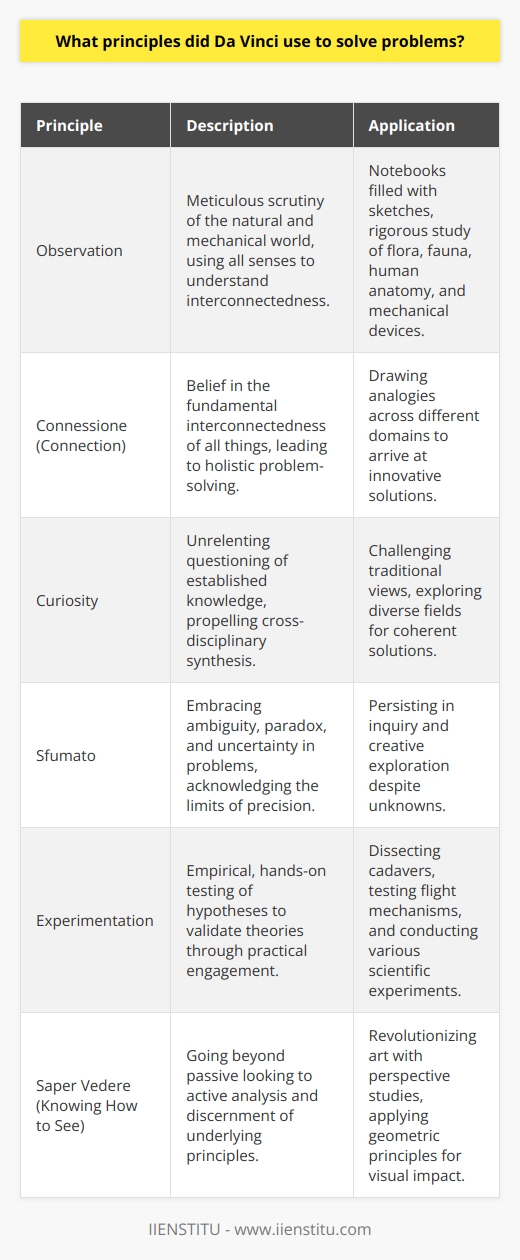
How can curiosity be used to enhance problem solving skills?
Curiosity is an integral part of problem-solving and can be used to enhance problem-solving skills. It is defined as the desire to learn or know more about something and can be used to explore and understand the complexities of a problem. Curiosity encourages us to think critically and creatively, enabling us to develop innovative solutions.
To effectively use curiosity to enhance problem-solving skills, it is vital to cultivate an attitude of open-mindedness and exploration. This means being willing to consider other perspectives and challenge existing assumptions. For example, when faced with a complex problem, it is helpful to start by asking questions. This can help identify the pain's root causes and uncover potential solutions.
In addition, curiosity can help to foster a better understanding of the context of the problem. By exploring different aspects of the problem, such as its history, social implications, and potential consequences, it is possible to gain a deeper understanding of the problem and its possible solutions.
Finally, curiosity can help to motivate us to work towards a solution. By exploring the problem and its potential solutions, we can better appreciate the challenge and the potential rewards of finding a solution. This can help to motivate us to persist in our efforts and to think more deeply about the problem.
In conclusion, curiosity is an essential tool for problem-solving and can be used to enhance problem-solving skills. By cultivating an attitude of open-mindedness and exploration, asking questions, and exploring the context of the problem, we can gain a deeper understanding of the problem and its possible solutions. Furthermore, curiosity can help to motivate us to persist in our efforts and to think more deeply about the problem.
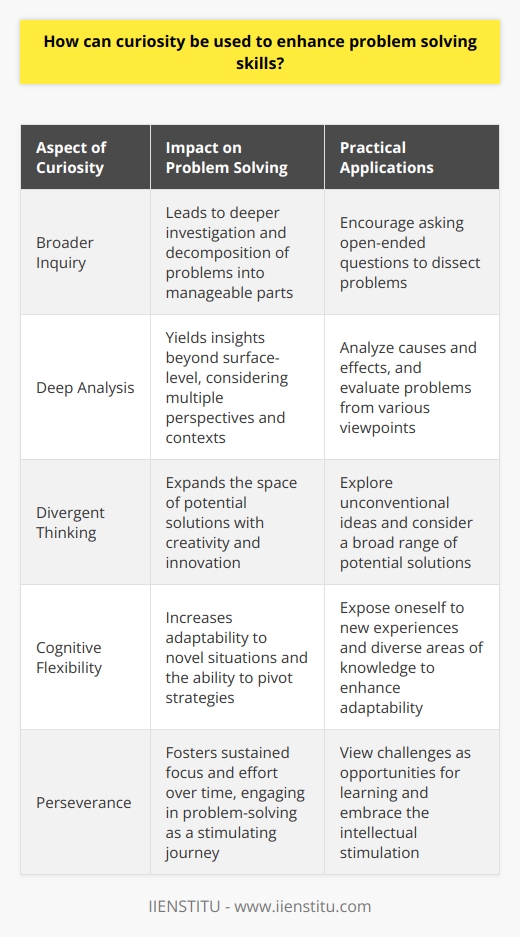
How can balanced whole brain thinking help to unlock Da Vinci's problem solving skills?
The potential of balanced whole-brain thinking to unlock the problem-solving skills of Leonardo da Vinci has long been explored. His prolific ingenuity and creativity remain a source of inspiration for many. To open the full potential of his problem-solving skills, it is essential to understand the role of balanced whole-brain thinking.
It is widely accepted that the left brain is associated with rational and analytical thinking, while the right brain is associated with creative and intuitive thinking. The balanced whole-brain review enables the left and the right brains to work collaboratively to access a more excellent range of problem-solving skills. For example, when a person is presented with an issue, they can use both the left and the right brains to assess the problem, analyze the data and develop a creative solution.
By utilizing balanced whole-brain thinking, da Vinci could access a more excellent range of problem-solving skills. He used the analytical and rational consideration of the left brain to identify and analyze the problem and the intuitive and creative thinking of the right brain to develop innovative solutions. This enabled da Vinci to gain a more comprehensive understanding of the problem and to develop creative solutions that pushed the boundaries of problem-solving.
Furthermore, balanced whole-brain thinking also enabled da Vinci to access greater depths of creativity and innovation. By combining the left and right brains, da Vinci could access the right brain's creative aspects while also being able to consider the rational elements of the left brain. This enabled da Vinci to take a holistic approach to problem-solving, allowing him to develop creative and practical solutions.
In conclusion, balanced whole-brain thinking can enable individuals to access a more excellent range of problem-solving skills, allowing both the left and the right brains to work collaboratively. By utilizing this approach, da Vinci was able to access greater depths of creativity and innovation, which enabled him to develop solutions that pushed the boundaries of problem-solving. To unlock the full potential of da Vinci's problem-solving skills, it is essential to understand the role of balanced whole-brain thinking.
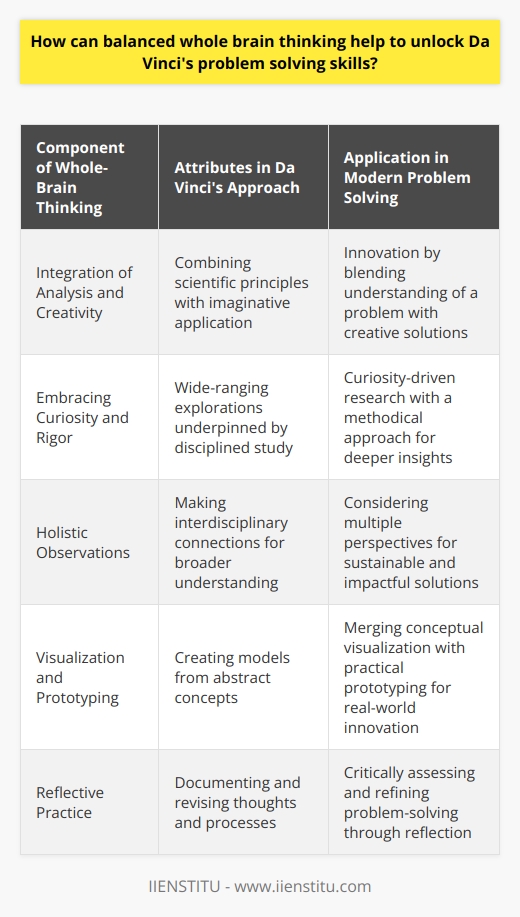
How do you access problem-solving skills in an academic setting?
Accessing Problem-Solving Skills in Academia
Developing a Strategy
To access problem-solving skills in an academic setting, one must first develop a comprehensive strategy. This includes identifying the problem, understanding its complexities, and setting clear objectives.
Applying Critical Thinking
Next, students must employ critical thinking skills to analyze the problem from multiple perspectives. This involves examining the problem's context, assessing its constraints, and evaluating possible solutions.
Collaborating with Peers
Working with fellow students is another essential strategy to access problem-solving skills since collaboration fosters an environment of shared insights and diverse perspectives. Group discussions, debates, and brainstorm sessions can significantly contribute to solution generation.
Utilizing Academic Resources
Students should utilize academic resources such as textbooks, research articles, and case studies to enhance their problem-solving skills. These materials provide in-depth information, theories, and frameworks that can be applied to the issue at hand.
Seeking Guidance from Instructors
Faculty members serve as valuable guides for students attempting to address complex academic problems. By consulting instructors, students can benefit from their expertise, experience, and constructive feedback as they navigate the problem-solving process.
Implementing Learned Techniques
Students must actively apply learned problem-solving techniques during their academic journey. This includes methods such as the scientific method, decision-making models, and logical reasoning, all of which can enhance the student's ability to solve problems effectively.
Reflecting on the Process
Ultimately, students should reflect on the problem-solving process to recognize their accomplishments and areas for improvement. By critically assessing their strengths and weaknesses, they can refine their skills and better tackle future academic challenges.
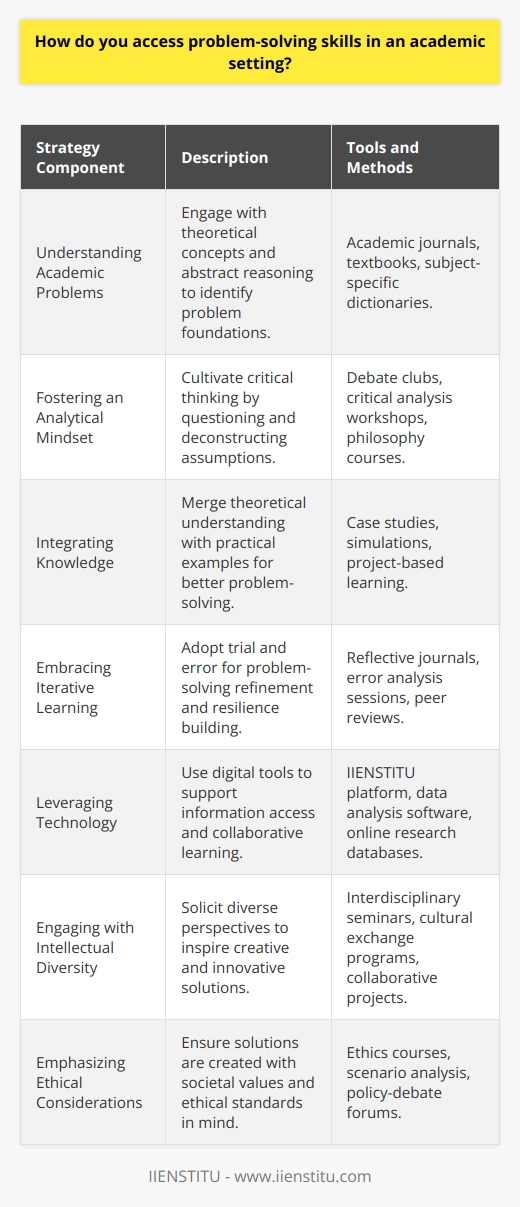
What are the key components to mastering the art of problem-solving in complex situations?
**Effective Analysis and Identification**
Mastering the art of problem-solving in complex situations begins with effective analysis and identification of the issue at hand. A comprehensive understanding of the problem helps in generating potential solutions and setting clear objectives. Moreover, engaging in critical thinking and observing patterns within the problem may reveal hidden dimensions that can influence the decision-making process.
**Systematic Approach and Strategy Development**
Developing a systematic approach for addressing complex problems also plays a crucial role in problem-solving mastery. This process involves breaking down the issue into manageable parts, thus simplifying the problem. Furthermore, creating and evaluating various strategies contribute significantly to finding possible solutions in a more organized manner.
**Creative and Collaborative Efforts**
Another key component in mastering problem-solving is embracing creativity and collaborating with others. Creative thinking facilitates the generation of innovative ideas, while collaboration allows for diverse perspectives to be shared and considered. Combining these components can lead to more effective and unique solutions that may not have been discovered through individual efforts.
**Skillful Decision-Making**
Skillful decision-making is essential to mastering complex problem-solving, as it enables one to weigh the pros and cons of different solutions effectively. This skill encompasses the ability to consider multiple factors, such as costs, benefits, and ethical implications while making informed choices. Decision-making also calls for adaptability, particularly when adjusting to potential setbacks or unexpected outcomes.
**Continuous Learning and Reflection**
Continuous learning and reflection are crucial for mastering problem-solving, as they foster the development of new strategies and refine existing ones. By actively engaging in lifelong learning, individuals can expand their problem-solving expertise and keep their skills sharp. Reflecting on past experiences and learning from successes or failures also allows for growth and improvement in future problem-solving efforts.
In conclusion, mastering the art of problem-solving in complex situations encompasses: effective analysis and identification, systematic approach and strategy development, creative and collaborative efforts, skillful decision-making, and continuous learning and reflection. By integrating these key components, individuals can successfully tackle multifaceted problems with confidence, adaptability, and innovation.

In what ways do geniuses like Leonardo da Vinci approach problem-solving differently than others?
Analyzing Unique Problem-Solving Approaches
Geniuses like Leonardo da Vinci are known for their exceptional problem-solving abilities, which distinguish them from others. These unique approaches are exemplified through several key characteristics.
Multi-disciplinary Approaches
Da Vinci was a polymath, skilled in various fields, such as art, science, and engineering. This broad knowledge base enabled him to analyze problems from different perspectives and synthesize solutions that others may not have considered, providing him with a distinct advantage.
Holistic Thinking
Da Vinci's ability to think holistically allowed him to see the interconnectedness of various components in complex problems. By understanding the relationships between different factors, he could develop innovative solutions that addressed multiple dimensions, leading to more effective outcomes.
Creative Visualization
Da Vinci was known for his vivid imagination, which allowed him to visualize abstract concepts and ideas. This talent for visualizing problems enabled him to develop a deeper understanding of the underlying mechanisms and derive novel solutions more efficiently.
Embracing Complexity
Complexity did not intimidate da Vinci; instead, he embraced it, recognizing that seemingly unrelated elements or factors might have a hidden connection. By exploring these connections, he could uncover insights and solutions that were not immediately obvious, thus approaching problem-solving differently from those who may be overwhelmed or deterred by complexity.
Continuous Learning
Da Vinci was driven by a profound curiosity and a desire to learn, engaging in a continuous pursuit of knowledge. This lifelong learning mentality allowed him to constantly update and refine his problem-solving skills, ensuring that he was able to tackle even the most challenging issues.
Experimental Mindset
Da Vinci strongly believed in the value of experimentation, using trial and error to test his hypotheses and refine his solutions. By embracing failure and learning from mistakes, he was able to iteratively improve his problem-solving approaches, ultimately achieving innovative solutions.
In conclusion, geniuses like Leonardo da Vinci approach problem-solving differently than others due to their multi-disciplinary knowledge, holistic thinking, creative visualization, ability to embrace complexity, commitment to continuous learning, and experimental mindset. These characteristics combine to create exceptional problem-solving abilities, which set them apart from others and contribute to their lasting impact on the world.
